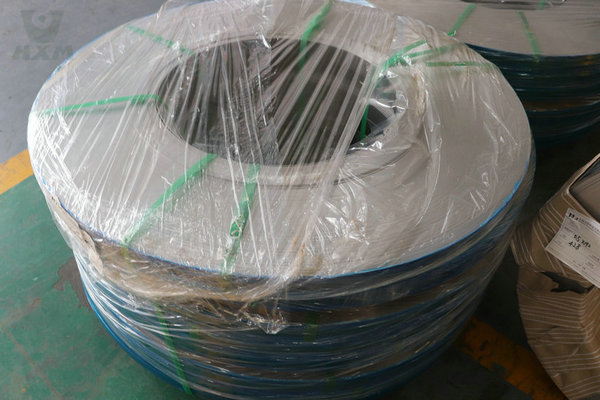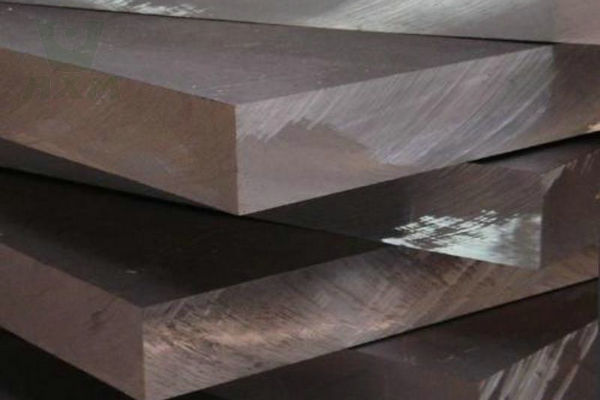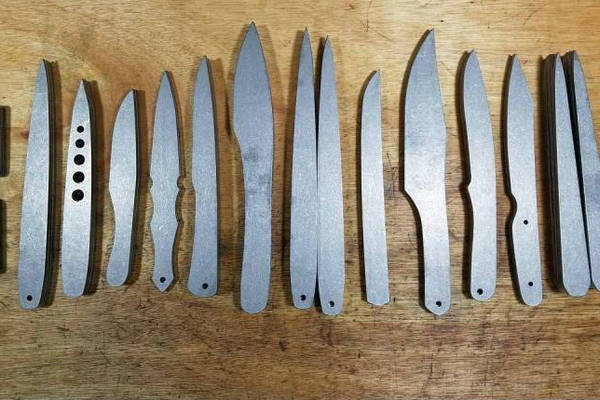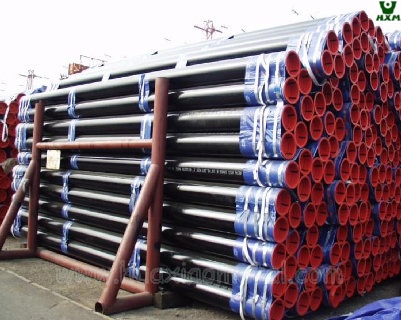What is the Material of 5Cr13?
5Cr13 is a stainless steel with a carbon mass fraction of 0.4-0.5%.
Cr12.5-14% stainless steel.
Characteristics:
The thermal conductivity of this material is low, and the Cr content is higher than that of general alloy materials. During strong grinding, when the temperature reaches a certain limit, the Cr element will have an affinity with the abrasive in the grinding wheel and stick the abrasive together.
The aperture of the grinding wheel will soon be blocked by metal particles, and the grinding performance will decrease, resulting in extrusion grinding and slipping. In this way, the temperature will quickly rise, causing the workpiece to burn during annealing. After quenching, the steel has a very high hardness (60HRC), excellent wear resistance, low permeability, good toughness, and excellent corrosion resistance at a temperature of 700~C.

Is the Alloy Steel the Same Material as 5Cr Steel?
Alloy steel and 5Cr steel are not the same material.
5Cr is a kind of alloy steel, and alloy steel is a general term.
Alloy steel refers to steel in addition to iron, carbon, adding other alloying elements, it is called alloy steel.
What Kind of Steel is 5Cr13?
Martensitic stainless steel has good hardenability it has high hardness, toughness, good corrosion resistance, heat strength, and cold deformation properties, shock absorption is also very good. High or low-temperature tempering is required, but tempering treatment between 370-560°C should be avoided.
Stainless steel whose mechanical properties can be adjusted by heat treatment is, in common parlance, a class of hardenable stainless steel. Typical grades are Cr13 type, such as 2Cr13, 3Cr13, 4Cr13, 5Cr13 and so on. Higher hardness after quenching, different tempering temperatures with different toughness combinations, mainly used for steam turbine blades, tableware, and surgical instruments.
Extended Information
200 series – chromium-nickel-manganese austenitic stainless steels (whether it can be used for food is controversial)
300 Series-Chromium-Nickel Austenitic Stainless Steels
Type 301 – Good ductility, used for molded products. Can also be hardened rapidly by machining. Weldability is good. Wear resistance and fatigue strength superior to 304 stainless steel.
Type 302-Corrosion resistance is the same as 304, with better strength due to the relatively high carbon content.
Type 303 – By adding a small amount of sulfur and phosphorus to make it easier to cut and process than 304.
Type 304 – general type; that is, 18/8 stainless steel. GB grade 0Cr18Ni9.
Type 309 – has better temperature resistance than 304.
What is the Difference Between 3Cr13, 4Cr14, 5Cr15?
Difference in Elemental Content
3Cr13 average carbon content are 0,3%, 13% chromium content
4Cr14 average carbon content is 0,4%, chromium content 14%.
5Cr15 average carbon content are 0,5%, chromium content of 15%.
Mechanial Properties of the Difference
Strength level and other mechanical properties from low to high
3Cr134Cr145Cr15
3Cr13, 4Cr14 Mechanical Properties
3Cr13
Tensile strength b (MPa): quenched and tempered, ≥735
Conditional yield strength 0.2 (MPa): quenched and tempered, ≥ 540
Elongation 5 (%): quenched and tempered, ≥12
Section shrinkage (%): quenched and tempered, ≥40
Impact work Akv (J): quenched and tempered, ≥24
Hardness: annealed, ≤235HB; quenched and tempered 48~53HRC
4Cr14
Tensile strength b (MPa): ≥705
Conditional yield strength 0.2 (MPa): ≥315
Elongation 5 (%): ≥20
Section shrinkage (%): ≥35
Hardness:≤248HB
What is 5Cr13Mov Steel?
5Cr13MoV stainless steel strip is mainly used for making high-grade cutting tools, medical equipment, etc.
a. Because of the high carbon content, the hardness after quenching can reach HRC58.
b. The high Cr in the product can improve the hardenability and wear resistance of the steel, and can improve the corrosion resistance of the steel and the antioxidant effect.
c. Molybdenum content of more than 0.5% in the product can obviously improve the hardenability and thermal strength of the steel, prevent tempering brittleness, improve toughness, wear resistance and corrosion resistance.
d. Vanadium in the product can refine the grain organization of steel, improve the strength, toughness and wear resistance of steel.







